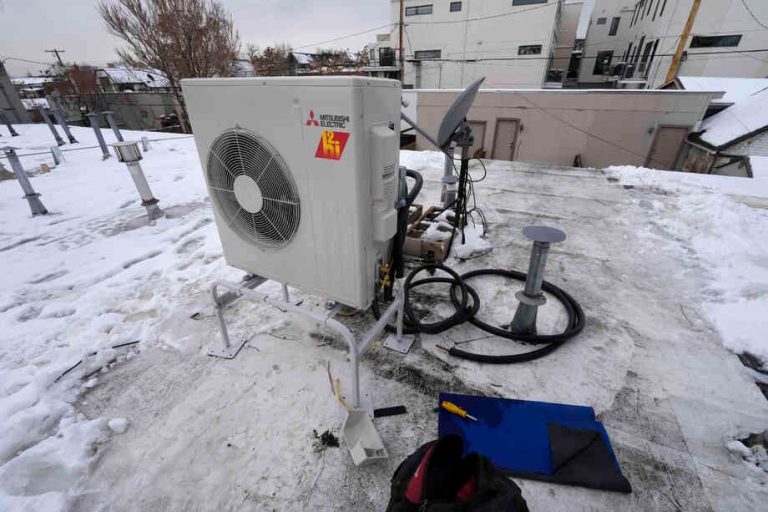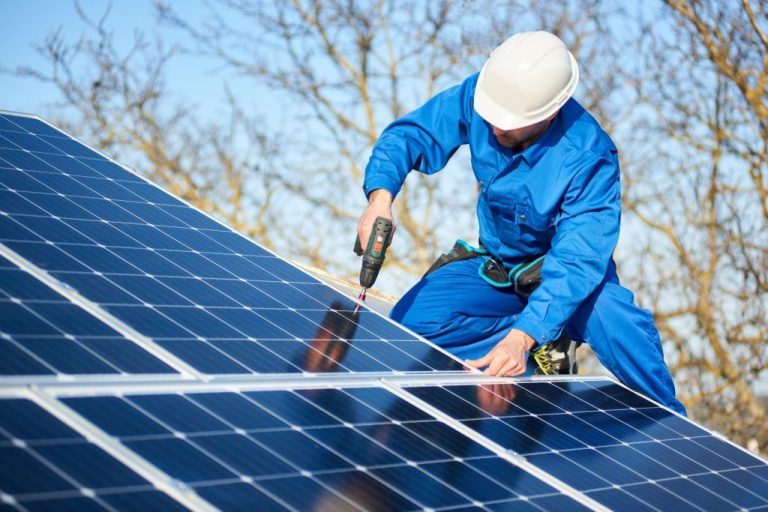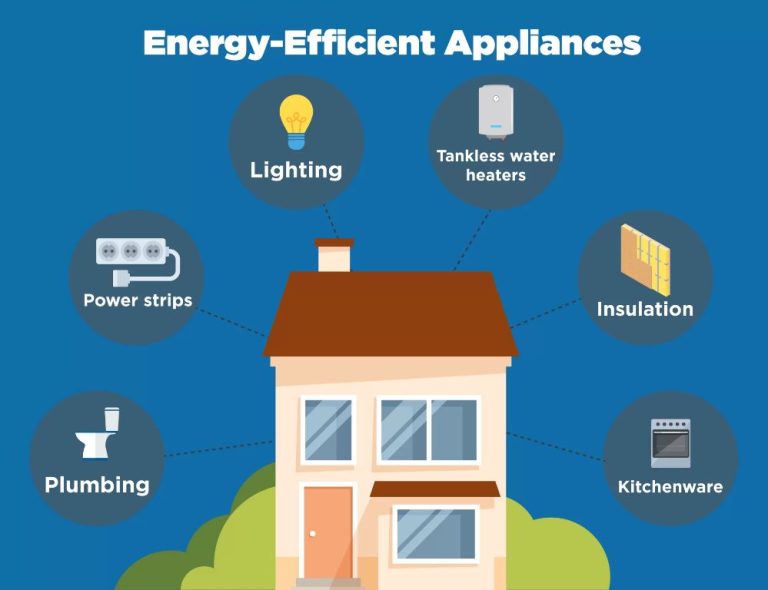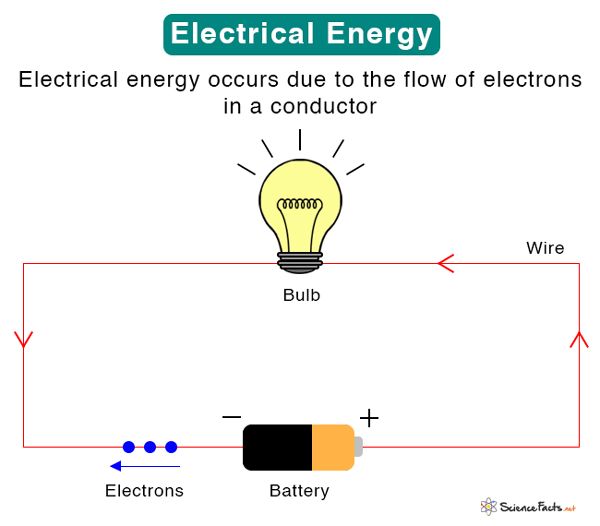What Is Tier 1 Vs Tier 2 Energy Efficiency Rating?
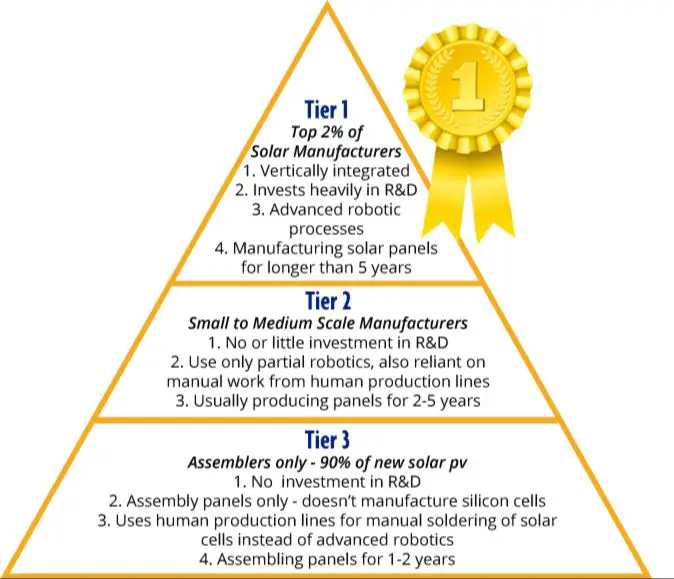
Energy efficiency appliance ratings like Tier 1 and Tier 2 help consumers understand the energy performance of appliances like refrigerators, clothes washers, dishwashers, and more. Tier 1 represents the minimum government standards for energy efficiency while Tier 2 indicates a more advanced level of efficiency. This article will cover the key differences between Tier 1 and Tier 2 ratings, including the appliances covered, energy savings, costs, environmental benefits, and related incentive programs.
Definition of Tier 1
Tier 1 is the basic efficiency level established by the Consortium for Energy Efficiency (CEE), a nonprofit organization that develops technical requirements for energy-efficient products and services. According to the CEE, a product that meets Tier 1 specifications must qualify as an ENERGY STAR product, which means it ranks in the top 25% of energy efficiency for all similar products (CEE).
The main requirement to meet Tier 1 is that the product must achieve a certain minimum energy efficiency ratio (EER) or seasonal energy efficiency ratio (SEER) set by the CEE and Department of Energy. The exact EER or SEER number depends on the specific appliance. For example, central air conditioners must have a SEER rating of at least 14 and an EER of at least 12 to be considered Tier 1 (Kiwi Energy).
In summary, Tier 1 represents basic energy efficiency that is cost-effective for consumers and meets governmental standards for energy savings.
Definition of Tier 2
Tier 2 represents the second highest ranking for energy efficiency set by the Consortium for Energy Efficiency (CEE). To achieve Tier 2 certification, appliances must meet a higher standard for energy performance compared to the minimum government requirements.
Specifically, Tier 2 products must be at least 5-10% more energy efficient than the federal minimum standard. The exact efficiency level depends on the appliance category. For example, to reach Tier 2 for residential central air conditioners, the minimum seasonal energy efficiency ratio (SEER) is 16, compared to the federal minimum of 14 SEER.
The CEE establishes Tier 2 criteria for over 60 product categories like refrigerators, clothes washers, and commercial kitchen equipment. Tier 2 aims to differentiate the most efficient models on the market beyond basic certification. It indicates an appliance performs better than standard models meeting only the minimum federal energy standard.
Overall, Tier 2 represents appliances labeled as “high efficiency” or “energy efficient” that provide significant energy savings and environmental benefits over conventional models. However, Tier 2 stops short of recognizing the absolute highest efficiency products, a distinction reserved for Tier 3.
Key Differences between Tier 1 and Tier 2
The key differences between Tier 1 and Tier 2 energy efficiency ratings relate to efficiency, energy use, and costs:
Efficiency: Tier 1 meets the minimum ENERGY STAR requirements, while Tier 2 is 10-25% more efficient than Tier 1. So Tier 2 appliances perform better and use less energy for the same tasks.
Energy Use: On average, a Tier 2 appliance will use 10-25% less energy compared to a Tier 1 model. This adds up to significant energy savings over the lifetime of the appliance.
Costs: Tier 2 appliances carry a higher upfront cost, usually around 10-25% more than Tier 1. However, the energy savings can make up for the price difference over time. Tier 2 models also qualify for more utility rebates and incentives which help offset the initial cost.
Overall, Tier 2 provides better energy efficiency and performance for a modestly higher upfront investment. The long-term energy savings and environmental benefits make Tier 2 a smart choice for most consumers.
Appliances Covered
The energy efficiency tiers cover a wide range of household appliances including:
- Refrigerators
- Freezers
- Clothes washers
- Clothes dryers
- Dishwashers
- Water heaters
- Furnaces
- Air conditioners
- Heat pumps
Major appliance manufacturers like Whirlpool, GE, LG, Samsung, and more have models that meet Tier 1 and Tier 2 energy efficiency requirements. According to the Consortium for Energy Efficiency (CEE), Tier 1 represents the minimum government standards for energy efficiency while Tier 2 and above demonstrates leadership in efficiency.
Energy Savings
Tier 2 appliances are significantly more energy efficient than Tier 1 appliances. According to the Consortium for Energy Efficiency (CEE), Tier 2 refrigerators are at least 15% more efficient than the federal minimum standard while Tier 2 dishwashers are at least 5% more efficient [1]. For some appliance categories like room air conditioners, Tier 2 products can be over 50% more efficient than standard models [2].
This increased efficiency translates into major energy and cost savings. For example, replacing a standard efficiency refrigerator with a Tier 2 model can save a household 200-300 kWh per year, which amounts to $25-$40 in annual savings [3]. Over the 15 year lifespan of an appliance, these savings really add up. Going with Tier 2 appliances is one of the most effective ways for households to reduce their energy bills and environmental impact.
Cost Comparison
Appliances with higher CEE tiers, like Tier 2, generally have a higher upfront cost compared to lower tier appliances according to the Consortium for Energy Efficiency (CEE). The average cost for a Tier 1 refrigerator is around $650, while a comparable Tier 2 model runs closer to $900.
However, the higher initial investment pays off over time through energy bill savings. Tier 2 refrigerators consume 10-20% less energy than standard models, amounting to over $40 in annual savings according to the CEE’s estimates. Over a 10 year lifespan, a Tier 2 fridge can save owners $400 or more.
Similar savings apply to dishwashers, clothes washers, and other appliances. Ultimately, purchasing Tier 2 appliances leads to greater lifetime cost savings despite the larger upfront expense. With energy costs on the rise, the long-term savings will only become more substantial.
There are also often rebates and tax credits available for purchasing energy efficient appliances, helping to partially offset the initial cost difference. Utility companies, manufacturers, and government programs provide incentives to make Tier 2 appliances more affordable.
Environmental Impact
Tier 2 appliances have a significantly reduced environmental footprint compared to standard efficiency appliances. According to the Consortium for Energy Efficiency (CEE), Tier 2 appliances reduce energy consumption by 10-25% compared to the federal minimum standard 1. This means Tier 2 models require less electricity to operate, resulting in lower greenhouse gas emissions from power plants.
For example, switching from a standard efficiency refrigerator to a Tier 2 model can reduce electricity use by 11-20% annually. Over 10 years, this could save 1.7 metric tons of CO2 emissions per refrigerator 2. Tier 2 dishwashers, clothes washers, and room air conditioners also offer significant emission reductions over their lifetimes.
By choosing the most energy efficient models for heating, cooling, laundry, and refrigeration, households and businesses can make a meaningful impact on their carbon footprint. Tier 2 appliances are an accessible way to fight climate change through cleaner energy use.
Programs and Incentives
The U.S. government offers various financial incentives for homeowners to upgrade appliances and HVAC systems to more energy-efficient models in order to help reduce energy use. The main program is the federal tax credit, which allows homeowners to claim back some costs associated with installing qualifying energy-efficient equipment (1).
For appliances and HVAC systems to qualify for the tax credit, they must meet set energy efficiency requirements. For example, central air conditioners must be at least 15 SEER, air-source heat pumps must be at least 15 SEER and 8.5 HSPF, and gas furnaces must be at least 95% AFUE (2).
The tax credit amount is 30% of the total cost of the equipment, up to $600 per appliance. There is also a $500 lifetime limit for windows and skylights combined (3). These credits apply to upgrades made between 2022 through 2032.
Some utilities and states also offer additional rebates and incentives for installing ENERGY STAR certified appliances beyond the federal tax credit (1). Checking for local and regional programs can help maximize the savings when upgrading home systems and appliances.
Conclusion
In summary, understanding the difference between Tier 1 and Tier 2 energy efficiency ratings can help consumers make informed choices when purchasing appliances and equipment. The key points are:
- Tier 1 meets the minimum ENERGY STAR requirements for energy efficiency.
- Tier 2 is 10-20% more efficient than Tier 1 ENERGY STAR levels.
- Higher tiers indicate greater energy savings potential.
- Look for the CEE Tier rating when shopping for appliances and HVAC equipment.
- Tier 2 appliances generally cost more upfront but provide long-term energy bill savings.
- Choosing higher efficiency tiers reduces environmental impact.
- Check for rebates and incentives on Tier 2 and above products.
Knowing the difference between tiers allows consumers to find the optimal balance of upfront costs and energy savings when selecting energy efficient options.

